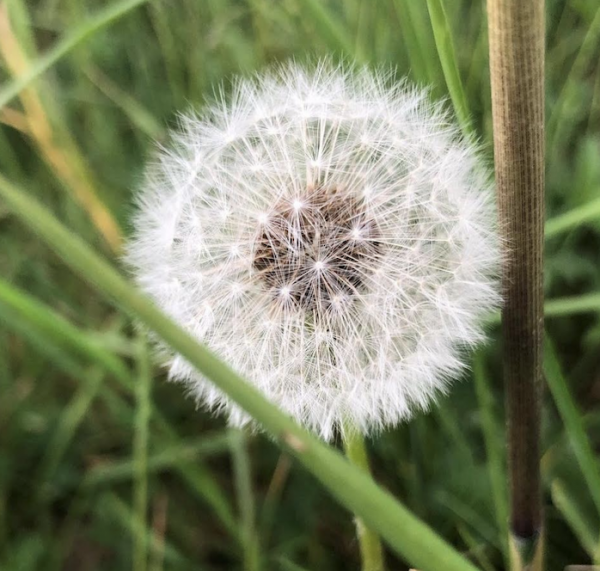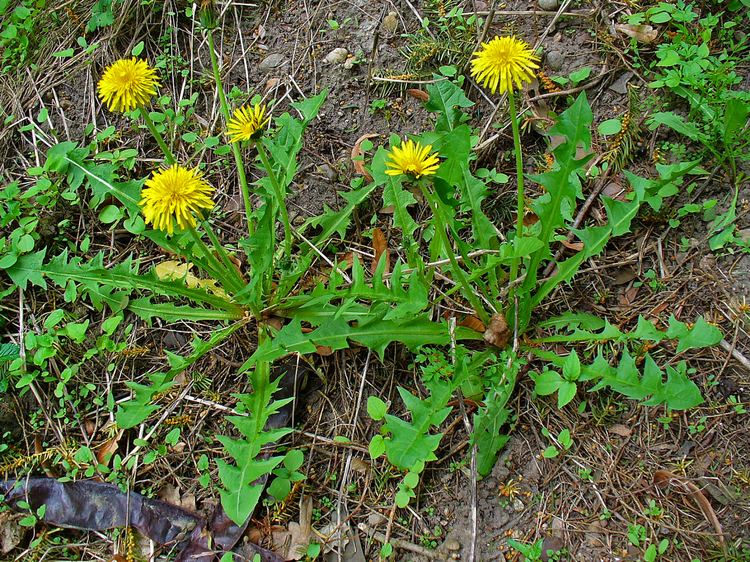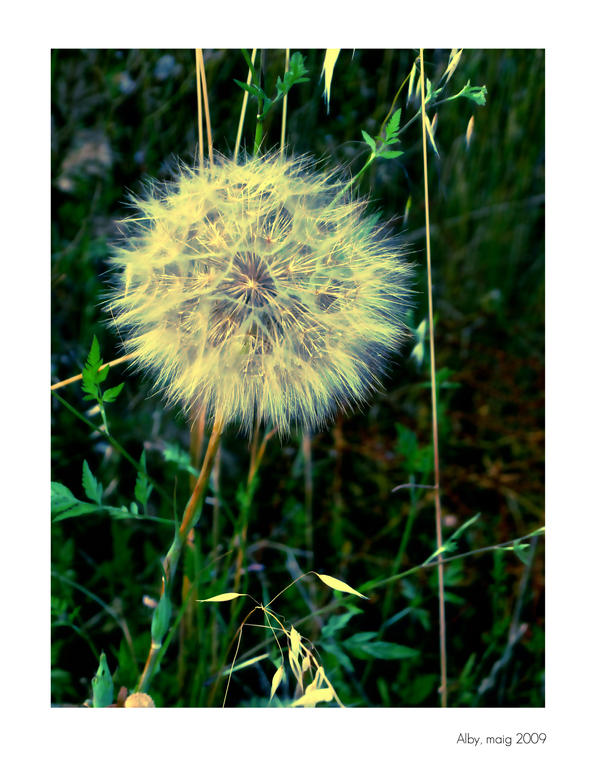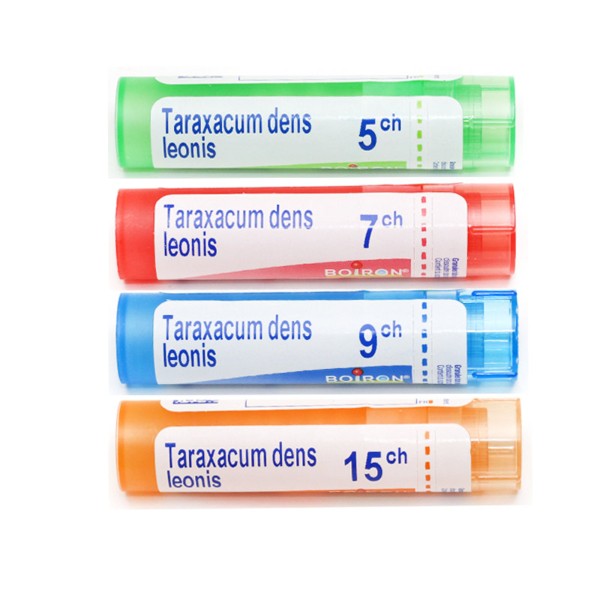
Taraxacum dens leonis Médecine Intégrée
Botanical name: Taraxacum officinale. Description: Natural Order, Compositae. Root perennial, tapering, branched, several inches long, light-brown without, nearly white within. No stem. Leaves radical, in a spreading tuft, lying closely upon the ground, smooth, dull-green, coarsely runcinate. Flower-head solitary, an inch or more in diameter.

Taraxacum Densleonis by AngeMort on DeviantArt
Taraxacum dens-leonis Desf. First published in Fl. Atlant. 2: 228 (1799) This name is a synonym of Taraxacum sect. Taraxacum. Taxonomy; Publications; Other data; Publications Sort. Alphabetically; Newest first; Oldest first; POWO follows these authorities in synonymising this name:

Dent de lleó, apagallums VEN
Taraxacum officinale, the dandelion or common dandelion, is a herbaceous perennial flowering plant in the daisy family Asteraceae (syn. Compositae). The common dandelion is well known for its yellow flower heads that turn into round balls of many silver-tufted fruits that disperse in the wind.These balls are called "clocks" in both British and American English.

Taraxacum densleonis, Pissenlit, identifiée par Herbéo Botanique, Pissenlit, Plante
Taraxacum officinale, the common dandelion (often simply called "dandelion" ), is a flowering herbaceous perennial plant of the family Asteraceae (Compositae).

Pissenlit, racine, Taraxacum densleonis, ASTERACEES Propriétés cholagogue, cholérétique
Potentially harmful. Genus. Taraxacum. Genus description. Taraxacum are a large genus of herbaceous perennial plants native to temperate areas of the Northern Hemisphere. Leaves are around 5 to 25cm long and the yellow to orange flower heads open during the day and close at night. Name status. Correct.

Taraxacum Everything You Need to Know with Photos Videos
Taraxacum officinale (G.H. Weber ex Wiggers), commonly known as dandelion, is a herbaceous plant native to North America, Europe and Asia. This plant has been used for health purposes since ancient times. The phytochemicals present in different parts of the plant are responsible for its medicinal properties. In this review, we describe the main health properties of Taraxacum officinale.

Taraxacum dens leonis Taraxacum, Sally, Dandelion, Succulents, Flowers, Dandelions, Succulent
[The medicinal properties of the dandelion, Taraxacum dens leonis Des] [The medicinal properties of the dandelion, Taraxacum dens leonis Des] Strasb Med. 1947 May 25;107(15):198-200. [Article in French] Author F DECAUX. PMID: 20258156 No abstract available. MeSH terms.

DIENTE DE LEON (TARAXACUM DENS LEONIS) 300
Latin Names. Conversations with Plants. Your use of this website is subject to our Website Disclaimer. Grá Nádúr, Grovemill, Hollyfort Gorey, Co Wexford, Y25 C6N1 Ireland. Mobile: +353 (0) 87 340 2442 Landline: +353 (0) 53 94 28481. Mon-Fri 10:00-17:00. The Plant Medicine School by The Plant Medicine School is licensed under a Creative.

Taraxacum densleonis, Pissenlit, identifiée par Herbéo Taraxacum, Dandelion, Plant, Botany
Description. Broadleaf perennial weed, fast-spreading, generally spread by seed, but once established are not affected by pre-emergent herbicides. Not generally used in the home landscape. They form deep taproots and the whole plant contains a milky latex sap. The common name dandelion comes from the French 'dent de lion' which translates to.
DIENTE DE LEÓN Taraxacum densleonis Plantas rioMoros
Dans les dysfonctions hépatobiliaires, prendre Taraxacum dens leonis 6 DH : 20 gouttes buvables à diluer dans un fond d'eau de 1 à 3 fois par jour avant les repas. Ce traitement est à effectuer sur 2 mois. Taraxacum dens leonis est souvent associé à d'autres médicaments homéopathiques d'action semblable : Berberis vulgaris, Carduus.

Pissenlit, partie aérienne, Taraxacum densleonis, ASTERACEES Propriétés cholagogue
Taraxacum (/ t ə ˈ r æ k s ə k ə m /) is. Hand-coloured print, plate 1 of Dens Leonis in A Curious Herbal, 1737, by Elizabeth Blackwell 1679 hand-coloured print by Maria Sibylla Merian of a dandelion serving as a plant host to the pale tussock moth. Dandelions are thought to have evolved about 30 million years ago in Eurasia.

Taraxacum densleonis by SweetSacrifiice on DeviantArt
TARAXACUM. Taraxacum Dens-leonis, Desf. (Leontodon Taraxacum, Linn.) Natural order, Compositæ. Common. how perverted is the customary practice which attempts to cure with Taraxacum chronic swelling associated with diminished secretion of urine, If its nature is at first to increase the quantity of urine, its persistent reaction is to.

Taraxacum densleonis, Pissenlit, identifié par Herbéo Botanique, Pissenlit, Plante
Taraxacum is has been traditionally considered a natural remedy, well-inserted into popular knowledge,. a minor 4-alpha-methyl sterol in pollen of Taraxacum dens leonis. Steroids (1971) B. Ballabh et al. Traditional medicinal plants of cold desert Ladakh-used against kidney and urinary disorders. J. Ethnopharmacol. (2008)

Taraxacum Dens Leonis Granules Homéopathiques du laboratoire Boiron
Taraxacum officinale Weber. Family Asteraceae. Common name: Dandelion, Pissabed. Taraxacum officinale Weber APNI*. Synonyms: Taraxacum dens-leonis Desf. APNI*. Description: Perennial rosette herb 5-40 cm high. Leaves oblanceolate, 5-40 cm long, 1-10 cm wide, apex acute, base narrowed and petiole-like, margins toothed to runcinate.

DIENTE DE LEÓN Taraxacum densleonis YouTube
Taraxacum dens-leonis Desf. wfo-0000121766. Taraxacum dens-leonis Desf. Fl. Atlant. 2: 228 (1799) This name is a synonym of Taraxacum officinale F.H.Wigg. by Asteraceae . The record derives from TICA (data supplied on 2023-07-18) which reports it as a synonym of Taraxacum officinale F.H.Wigg.
DIENTE DE LEÓN Taraxacum densleonis Plantas rioMoros
Taraxacum dens-leonis: Common name: dandelion: Family: asteraceae: Life cycle: perennial : Flowers: yellow: Size: 4" (to 12" in bloom) Light: sun-part shade: Everybody knows this weed, and most have a love-hate relationship with it. We don't try too hard to keep it out of the lawn, but it's not welcome in our garden areas. The large fleshy.